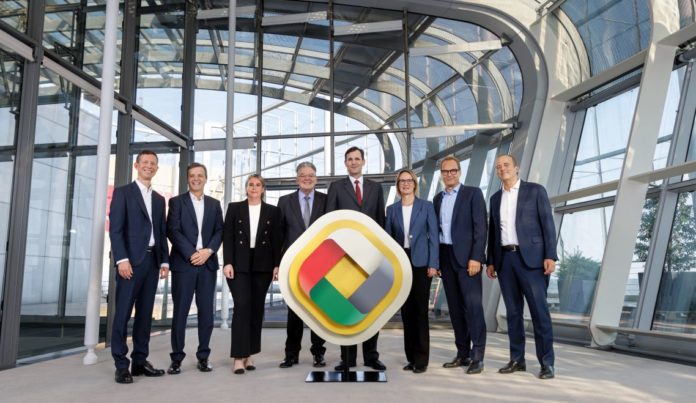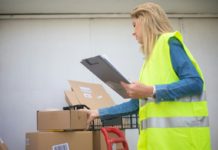DHL Group unveiled a plan for sustainable growth up to 2030 on 24 September. It said it would strive to increase revenue by 50% by targeting high-growth markets and sectors. But it would also reinforce its commitment to decarbonization and integrate sustainability into its existing strategic framework.
‘Strategy 2030 – Accelerate Sustainable Growth’ aims to unlock its full growth potential through divisional and Group initiatives. While the Group’s business divisions will continue to focus on their profitable core businesses, the company will accelerate sustainable growth by focusing on fast-growing geographies and industry sectors, as well as e-commerce.
Chief executive, Tobias Meyer said: “We are ideally positioned to seize growth opportunities in a rapidly changing world thanks to our well-balanced, diversified portfolio. We want to grow faster and more profitably while decarbonizing our business. We will fortify our market-leading position in global logistics with a strong focus on quality and on servicing the needs of fast-growing industry segments.”
DHL said that its existing “Strategy 2025 – Delivering Excellence in a Digital World’ had navigated the Group through global challenges including the pandemic, supply chain disruptions, and geopolitical tensions. Now, though geopolitical tensions are reshaping the global trade landscape and companies are working to create more resilient supply chains while the fight against climate change and demographic shifts in the workforce contribute to additional complexity.
DHL aims to leverage its strengths and accelerate growth with initiatives in key areas. These include life sciences and healthcare where it says it is strongly positioned to address structural shifts in the pharma market, which depends on specialized logistics solutions such as temperature-controlled frozen or cryogenic storage. The biopharma, cell and gene, and clinical trials market is expected to grow at around 10% a year. between 2023 and 2030.
The transformation of the renewable energy and auto-mobility sectors also requires dedicated logistics solutions, such as handling windmill blades or battery energy storage systems and has expected annual growth of 15%.
The Group will also enhance its e-commerce footprint market by offering integrated offerings, such as combined fulfilment and last-mile delivery. The global e-commerce market is expected to grow at 7% a year until 2030.
The company also aims to use its expertise to support customers in decarbonizing their supply chains with strategic partnerships and to secure among other things a 30% blend of Sustainable Aviation Fuel (SAF) by 2030.
At the same time, DHL Group aims to align its complex legal structure with its management structure. While the company’s management structure with its five divisions – Express, Global Forwarding/Freight, Supply Chain, eCommerce, and Post & Parcel Germany – is simple and clear, it says the underlying legal structure is much more complex and partially overlapping. The realignment intends to reduce complexity and create a more flexible and agile set-up.
This includes establishing Post & Parcel Germany and eCommerce as standalone corporate entities comparable to all other entities with the name Deutsche Post AG continuing to be used for Post & Parcel Germany activities.










